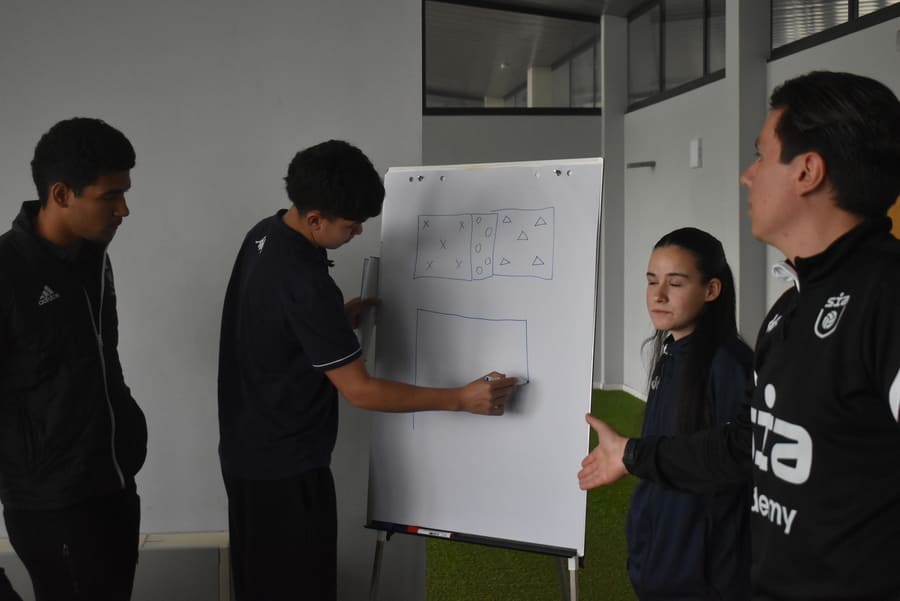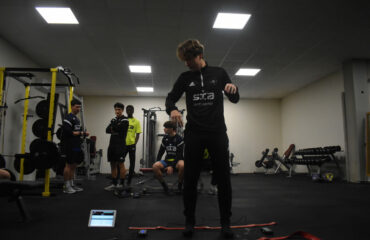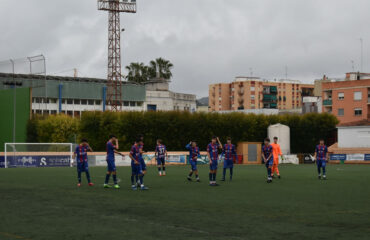Modern football is in constant evolution, where tactics have become a universal language. Each system has its own identity, philosophy, and way of interpreting the game. Today, coaches don’t just choose a formation out of tradition but because of its adaptability, spatial occupation, and collective versatility. In this article, we’ll explore the 7 most commonly used tactical formations in today’s game and how to train them effectively, with a special perspective from our experience at SIA Academy, where we work every day to shape intelligent and tactically complete footballers.
Table of contents
1. The 4-3-3: the foundation of modern football
The 4-3-3 is the most widespread system in modern football. Used by teams like Manchester City, Real Madrid, or PSG, it’s known for its balance between defense and attack. The wide wingers provide width, the three midfielders control the game’s rhythm, and the striker is the offensive reference point.
How to train it:
At SIA Academy, we practice the 4-3-3 with exercises that enhance movement between the lines. We work on small-sided possession games with quick transitions, forcing midfielders to read the play quickly. Additionally, the wingers must learn to alternate between taking on defenders and offering inside support.
Our coach José Luis summarizes it well: “The 4-3-3 doesn’t just teach you how to attack — it teaches you how to think about football. Every player understands that their movement creates space for another.”
2. The 4-2-3-1: formation of balance and control
Another key modern formation is the 4-2-3-1, widely used by national teams and top European clubs. It relies on two defensive midfielders who provide stability and a playmaker who operates between the lines, connecting with the striker.
How to train it:
In training, we emphasize the synchronization of the two holding midfielders. We work on covering and shifting drills, ensuring one presses while the other holds position. The attacking midfielder trains vision and creativity in tight spaces.
As José Luis puts it: “When a player masters the 4-2-3-1, they understand the value of balance. It’s the system that teaches you to think defensively while you attack.”
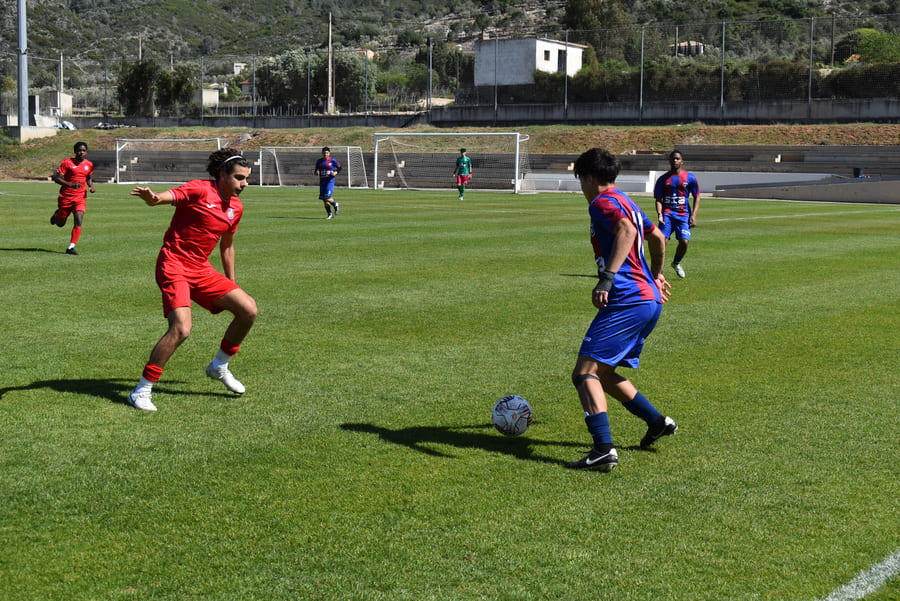
3. The 3-5-2: solidity and width through wing-backs
The 3-5-2 has made a comeback in recent years thanks to managers like Antonio Conte and Thomas Tuchel. The key lies in the wing-backs, players who must possess enormous physical and tactical endurance as they cover the entire flank.
How to train it:
At SIA Academy, we train this system through three-man build-up simulations, where defenders learn to cover wide zones and coordinate with the midfielders. The wing-backs work on repetitive up-and-down drills, focusing on when to attack and when to recover.
From experience, this formation shapes complete players. Midfielders learn to manage space, strikers learn to press high, and defenders learn to build from the back with purpose.
4. The 4-4-2: the reinvented classic
Although some see it as a system of the past, the 4-4-2 is still alive, especially in teams that prioritize defensive solidity and structure. With two compact lines and two mobile strikers, it becomes an effective tool for pressing and counterattacking.
How to train it:
We train it through medium and low-block drills, focusing on maintaining the distance between lines and coordination between the two forwards. The wide midfielders are trained to support both in defense and build-up.
At SIA Academy, we use the 4-4-2 to teach the fundamentals of teamwork, sacrifice, and covering. Many young players discover here the importance of defending as a unit rather than as individuals.
5. The 3-4-3: creativity and offensive superiority
The 3-4-3 is an ambitious formation that seeks to dominate through possession and numerical superiority in attack. The three center-backs ensure clean build-up, while the four midfielders (two central and two wide) offer width and control.
How to train it:
We work on positional rondos of 7 vs 5, where central midfielders learn to constantly find space, and the wing-backs internalize their timing of runs. This system demands intelligent and disciplined players, as a single misstep can leave dangerous gaps.
At the academy, we always say: “The 3-4-3 is a tactical dance; if one stops moving, the whole system breaks.”
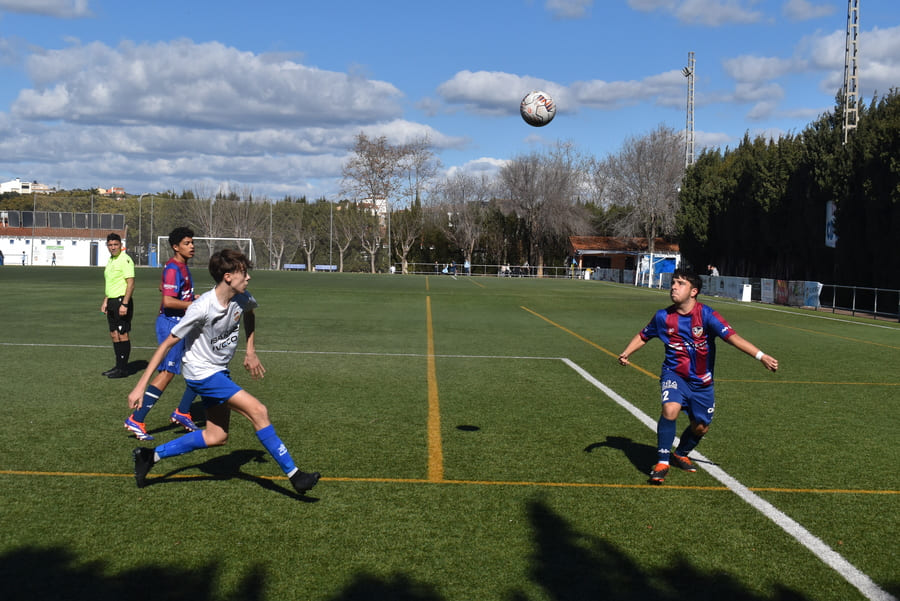
6. The 5-3-2: solid defense and lethal counterattack
Used by national teams like Italy or Croatia, the 5-3-2 is a defensive variation of the 3-5-2. It provides maximum security at the back, with three center-backs and two wing-backs dropping deep to form a line of five.
How to train it:
At SIA Academy, we use it to strengthen collective defensive phases. We simulate high-pressure scenarios so players can practice covering, closing, and clearing together. Then we train fast transitions to turn defense into attack within seconds.
This system teaches discipline and game reading, something essential for young players who must learn that defense, too, is an art.
7. The 4-1-4-1: total midfield control
Finally, the 4-1-4-1 has gained popularity in recent years due to its ability to maintain possession and protect the midfield zone. The defensive midfielder acts as an anchor, while the four midfielders contribute pressure and attacking support.
How to train it:
We focus on constant rotations between the central and wide midfielders, simulating different pressing situations. Special attention is given to the “pivot” player, who must master body orientation and game reading.
From our experience at SIA Academy, this system develops tactically intelligent players capable of anticipating the play and connecting lines.
Beyond formations: the tactical mindset
Beyond the diagram, what defines a team is its understanding of the system and its collective mindset. At SIA Academy, we don’t just teach formations; we teach players to read the game, adapt, and make decisions. Every formation is a tool, and the player must know when and how to use it.
As our coach José Luis says: “We don’t train systems; we train minds. The player of the future doesn’t just run — they interpret.”
In conclusion, modern football is a constantly evolving tactical laboratory. The seven formations dominating today’s landscape are different expressions of one central idea: spatial control. At SIA Academy, we believe that mastering tactics is mastering the game, and that a player who understands structure can change a match without even touching the ball.
That’s why every training session is an opportunity to develop not just footballers but thinkers of the modern game.



